Corona-proofing museum interactives
This blog post is a shortened version of a webinar that we gave at Ecsite this year. You can rewatch the full length webinar here or right underneath. Ready to get inspired?
Okay lets dive right in, how can we corona-proof digital museum interactives?
1. Make sure visitors can keep a social distance
2. Use contactless input OR personalised devices
Having to rethink how we develop exhibits may seem like a headache now, but I believe that these new constraints can actually help us to channel our creativity. The concept that “creativity thrives on constraints” is something I am sure many readers will be familiar with. Let us therefore consider these new constraints as a chance to push ourselves and our industry, to innovate in a positive way! Maybe even a chance to move past the touch screen ;)?
Why right now is such a good opportunity to explore new possibilities for the future!
- Its practical. This pandemic will take a while.
- You have a good argument to try something new.
- Visitors are open more than ever to new experiences as part of their museum visit.
Let’s take a closer look at some of the possible solutions that are at our disposal to tackle corona-proofing digital museum interactives.
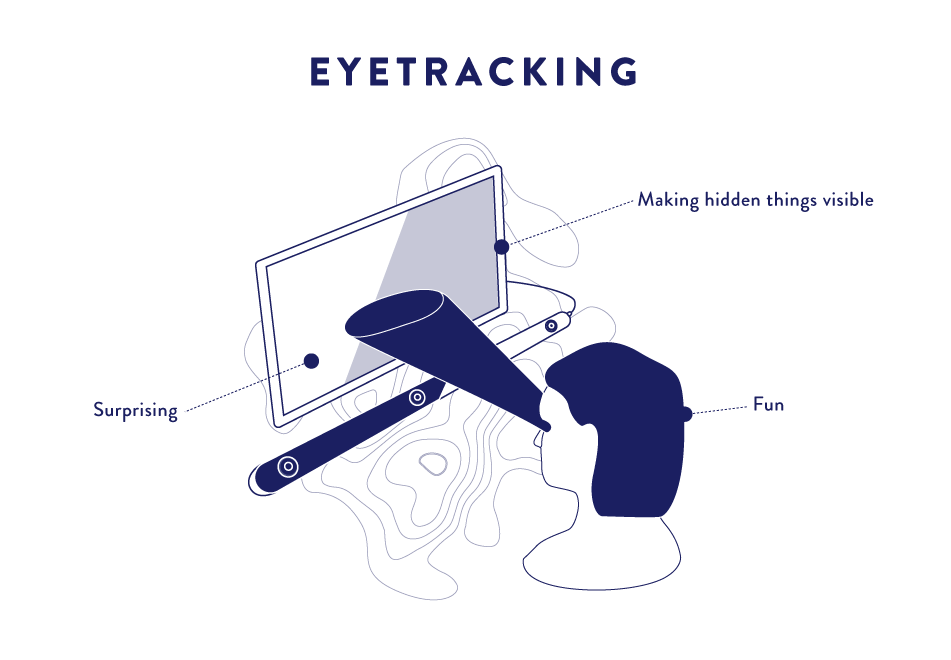
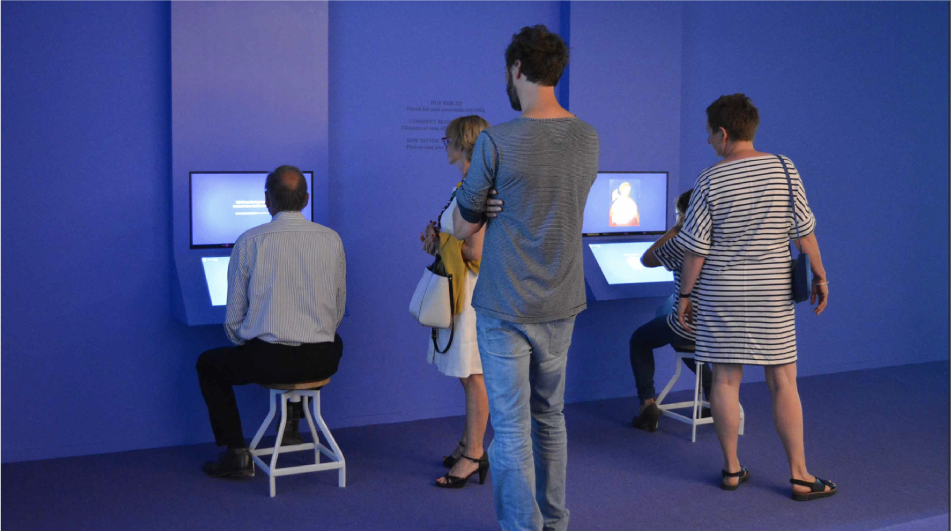
M Leuven
This nifty piece of hardware tracks where visitors are looking. It is a touchscreen for your eyes in a way. Eyetrackers can surprise players by making the rather unconscious act of seeing visible to them and museum interactives with trackers can often be made wheel chair accessible. At YIPP we've used it to create Hidden Picture Puzzles or to reveal to visitors how they look at a piece of art.
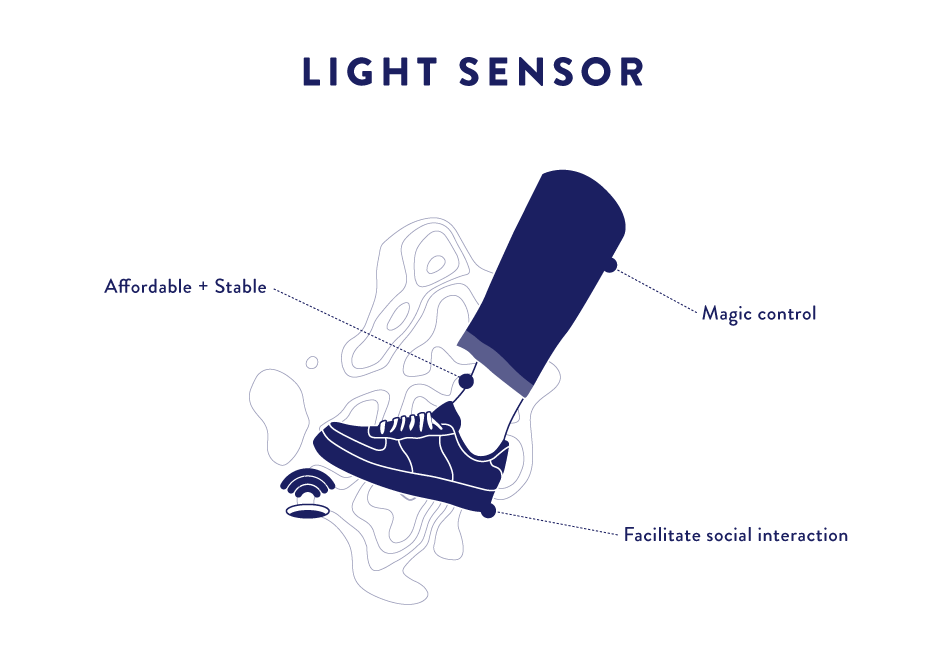
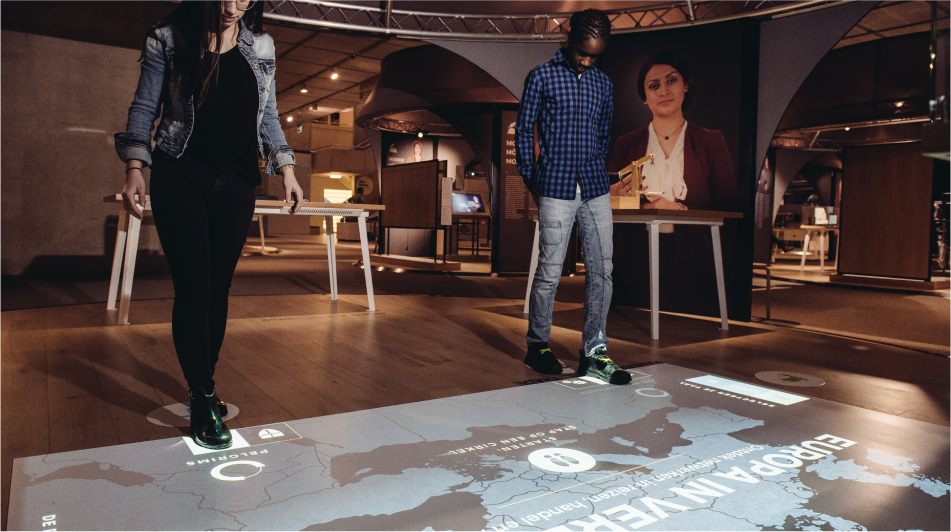
Knights and Castles
Install it in the floor and visitors can trigger content such as videos and animations by using the light sensor as an on/off switch while blocking and un-blocking the light. It is a very affordable, simple and stable solution that requires very little maintenance. For a travelling exhibition we've combined the sensors with a floor projection that enabled visitors to add different animations on a map of Europe based on the sensor they chose to stand on.
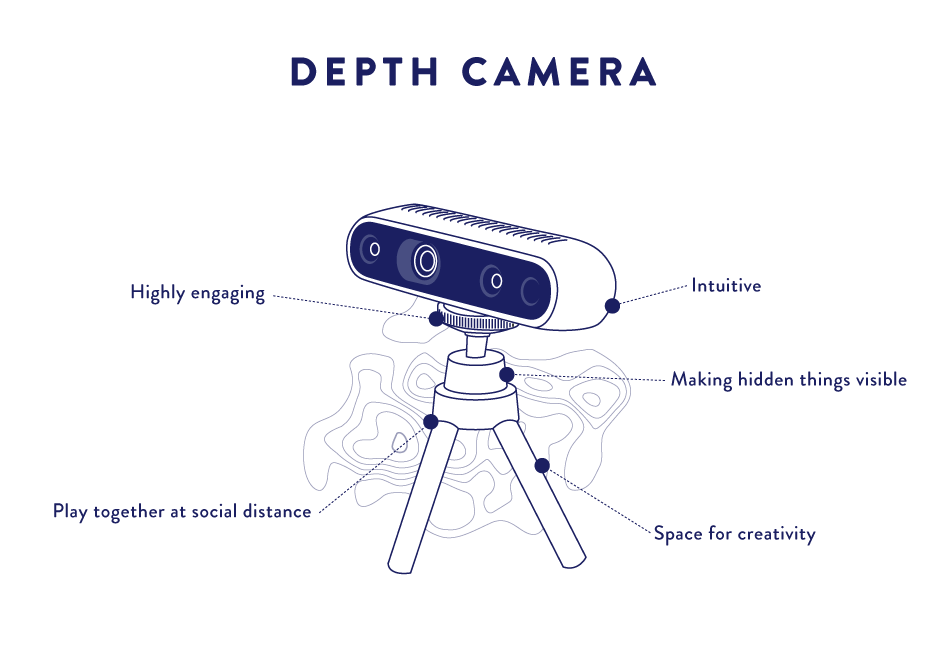
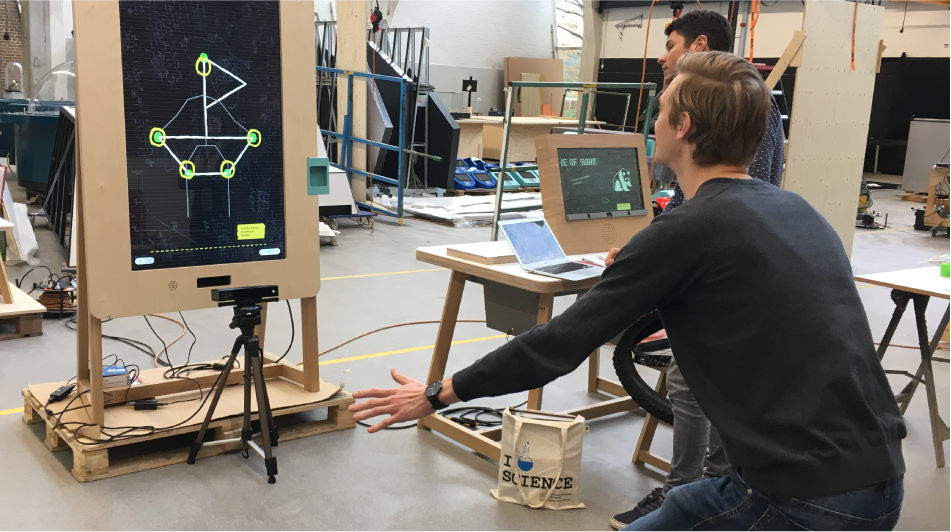
Experimenta
This is a versatile superstar. It is a great solution for tracking human shapes and movements, the level of detail is impressive especially if combined with skeleton tracking. You can create great exhibits both using screens or projection. The best part? No need to press a start button - which can make the experience highly engaging! The exhibit Body Movements YIPP created for Experimenta encourages visitors to recreate the objects they see on screen with their own body as best as they can.
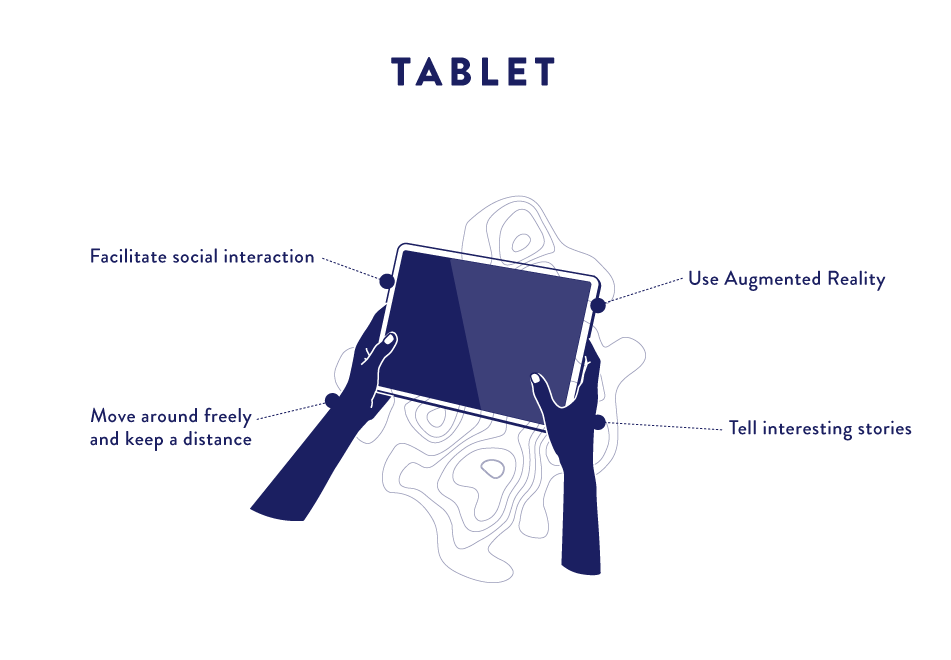
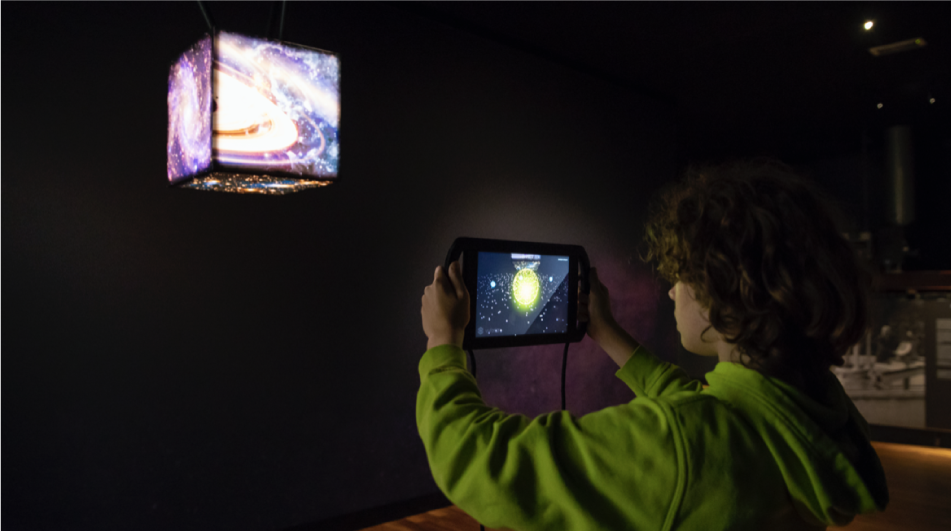
Sonneborgh
Tablets can be made corona-proof when used as a personalised device, which means that they are disinfected after each individual usage. Tablets work great as personal guides all over the museum, filled with content that visitors can retrieve at their own pace. For the Sonnenborgh museum YIPP did exactly that. Visitors can explore every corner of the museum with a personal guide on their tablet. Moreover, tablets can also be used to create augmented reality exhibits.
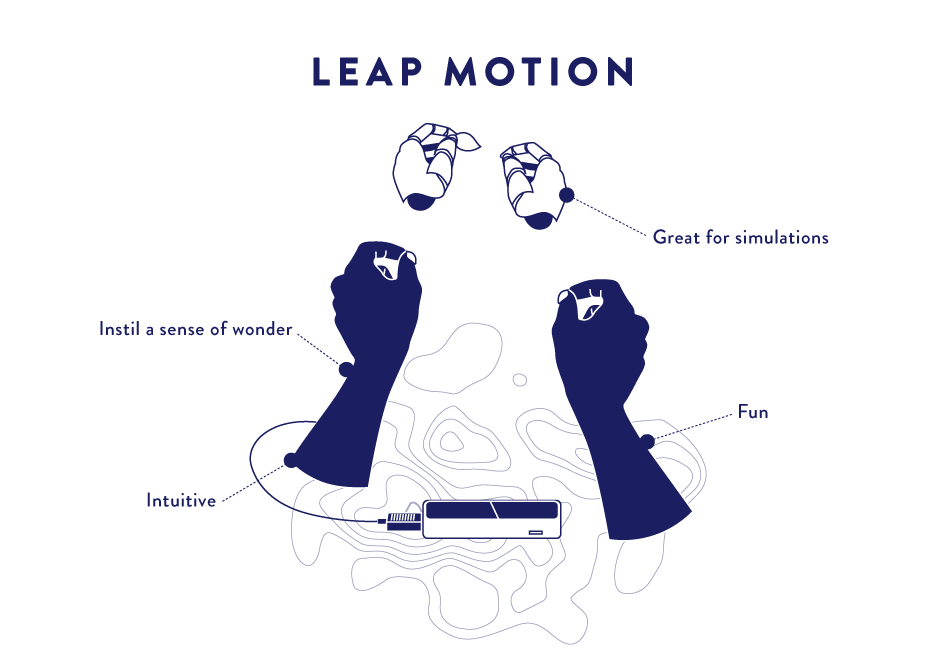
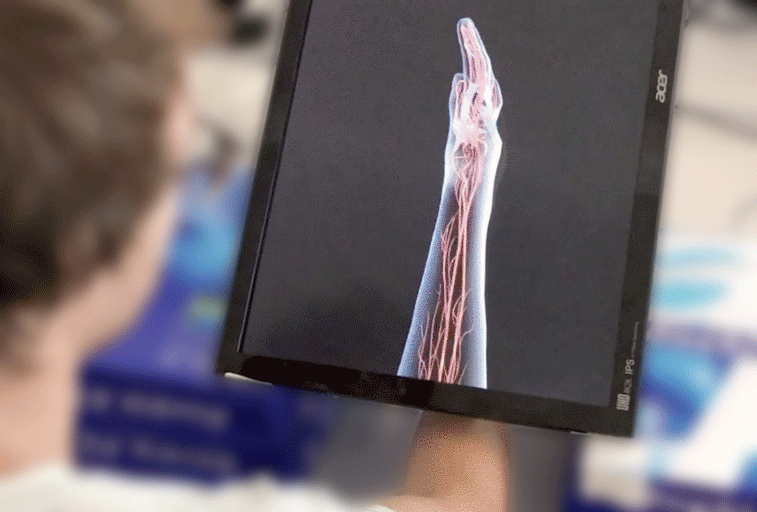
demo at the office
Leap motion is optimised to track your hands and their movement with very high precision. Great possible applications are simulation exhibits where visitors have to use their hands such as open-heart surgery or creating pottery. This technology feels very intuitive and will be a surprising experience to visitors.
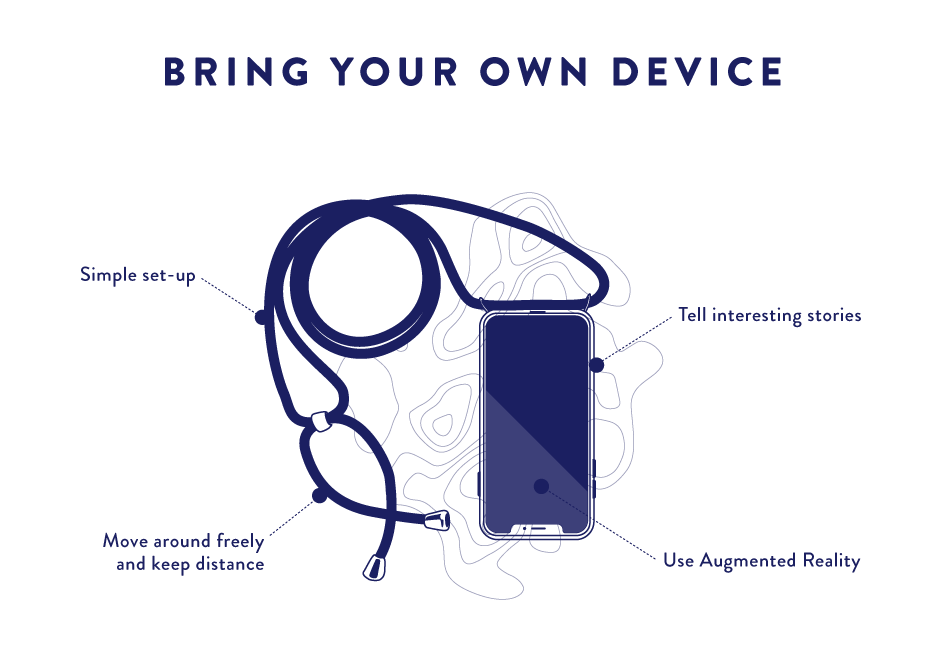
For this corona-proof solution visitors use their own phone and retrieve content by scanning a QR code or by inserting an object number. Similar to the tablet option, this works great as a personalised device all over the museum. Museums can prepare content via a CMS system and visitors will access it on a website that is optimised for mobile usage. No need to create an android or IOS app for this solution.
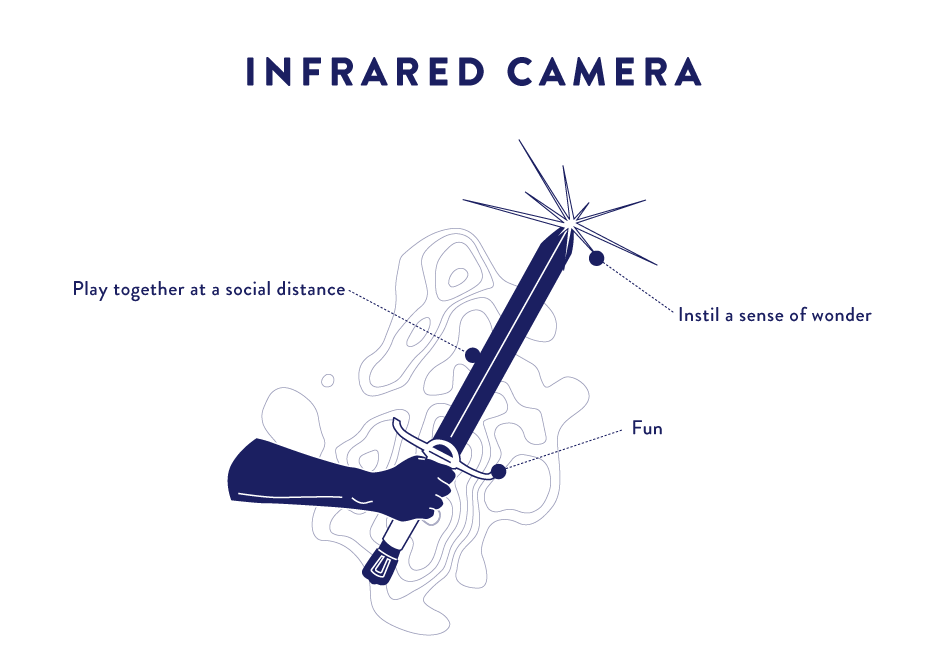
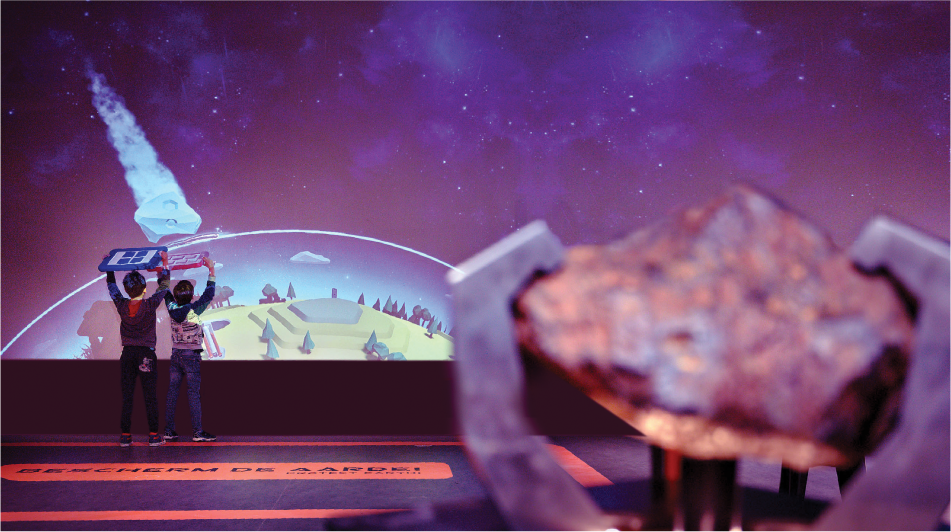
Nemo
This camera is a great choice for tracking objects. You can create your own controller by adding a reflective marker to the object of your choice. To corona-proof this technology, create lots of simple controllers which can be disinfected after usage. Use this technology for fun interactive projections with playful controllers, like the one we made at Nemo.
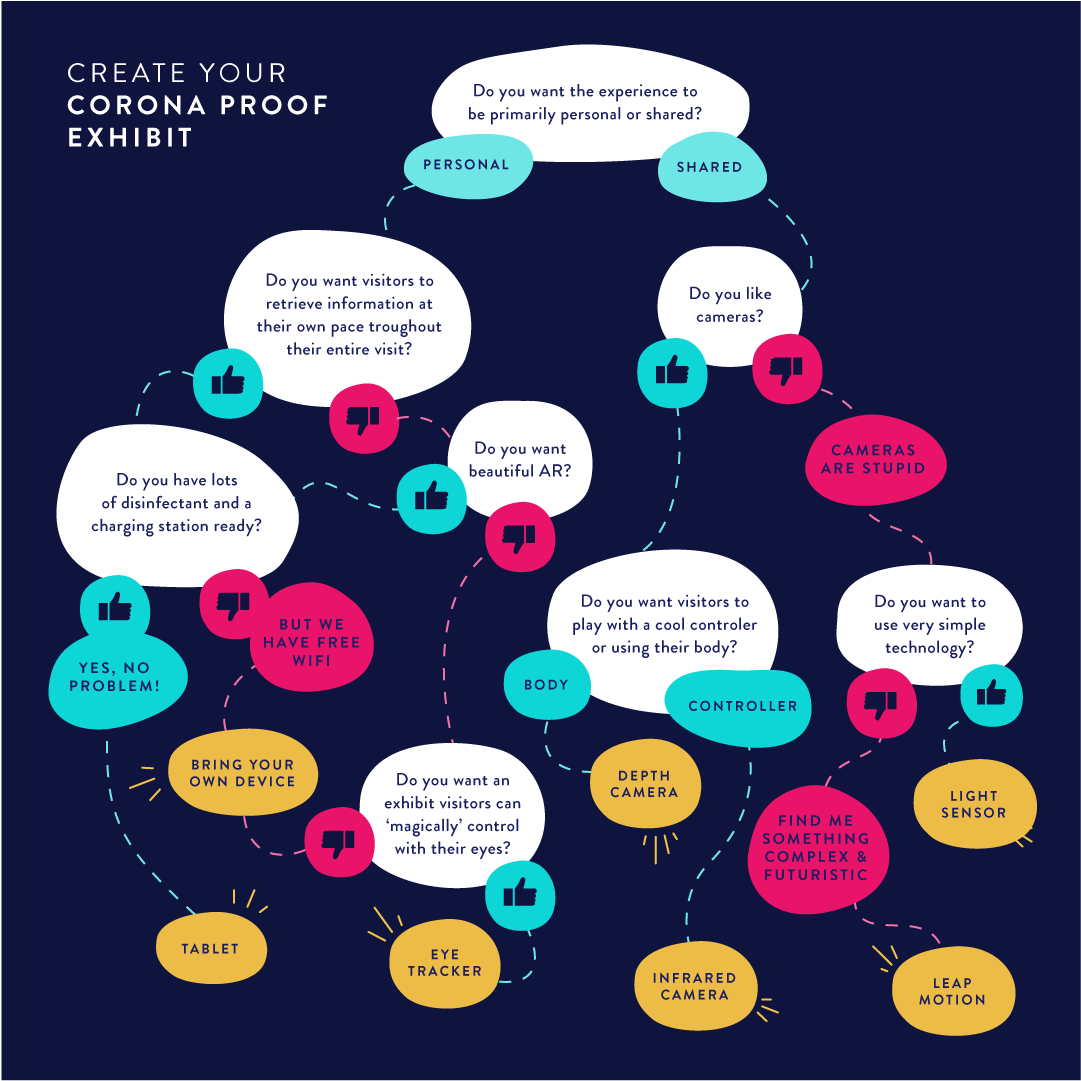
To sum up I hope this article has provided some inspiration. How about making an overview like the one we’ve made here next time you think about a new exhibition? You can write down exactly what you want to get out of your digital interactive by formulating questions and then search for your corona-proof solution.
